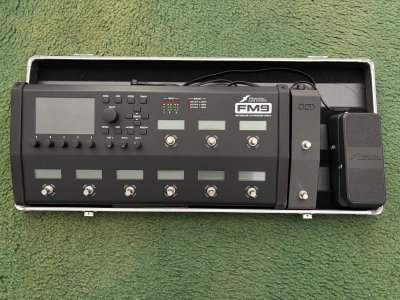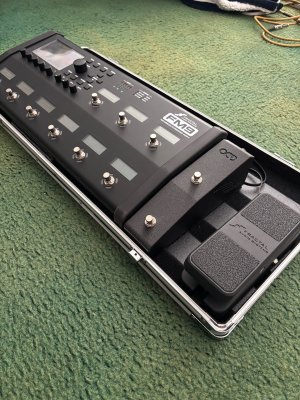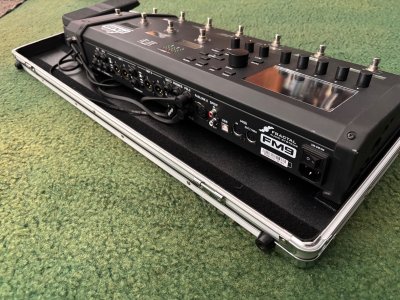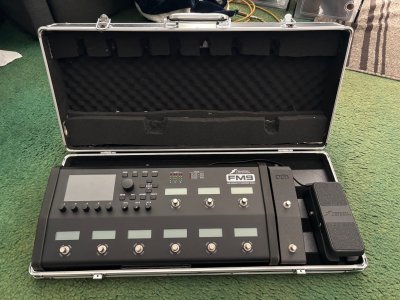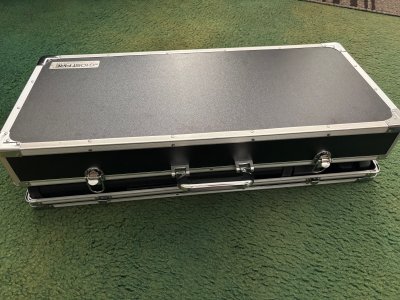We definitely have different perspectives on this. I find preset jumping within a song live to be a nightmare on pretty much any unit. I prefer snapshots or scenes that give me the same amps at the same volumes with the same type of EQ, and then let me drop effects and slight knob tweaks in and out from there.
I do bug DI about adding more than eight snapshots to the stadium, but honestly keeping track of that many foot presses within one song is a little overwhelming for me. I do not like to tap dance when I'm trying to concentrate on playing guitar, locking into my bandmates and also feeling the audience.
Who said anything about the eq or volume changing?
For me the primary use is dsp heavy stuff that doesn’t fit in my main patch. There’s this amazing ambient delay in plex delay, can’t remember the name of it, but it’s the most absurd dsp hog imaginable and nothing else sounds like it. It would never fit in my main patch. But if I want to go to it in a live set I can just clone my main patch, kill all the stuff I wouldn’t need for that delay tone and have that plex delay block. No gaps in switching, super easy to program in for no tap dancing, etc.
With Helix I was always compromised on what would fit into the preset, could never fit everything I wanted. I was always out of footswitches or dsp.
On FM9 I rarely am short footswitches, dsp is the limiter. But with the preset switching being so fast that’s no big deal.
D

 .
.